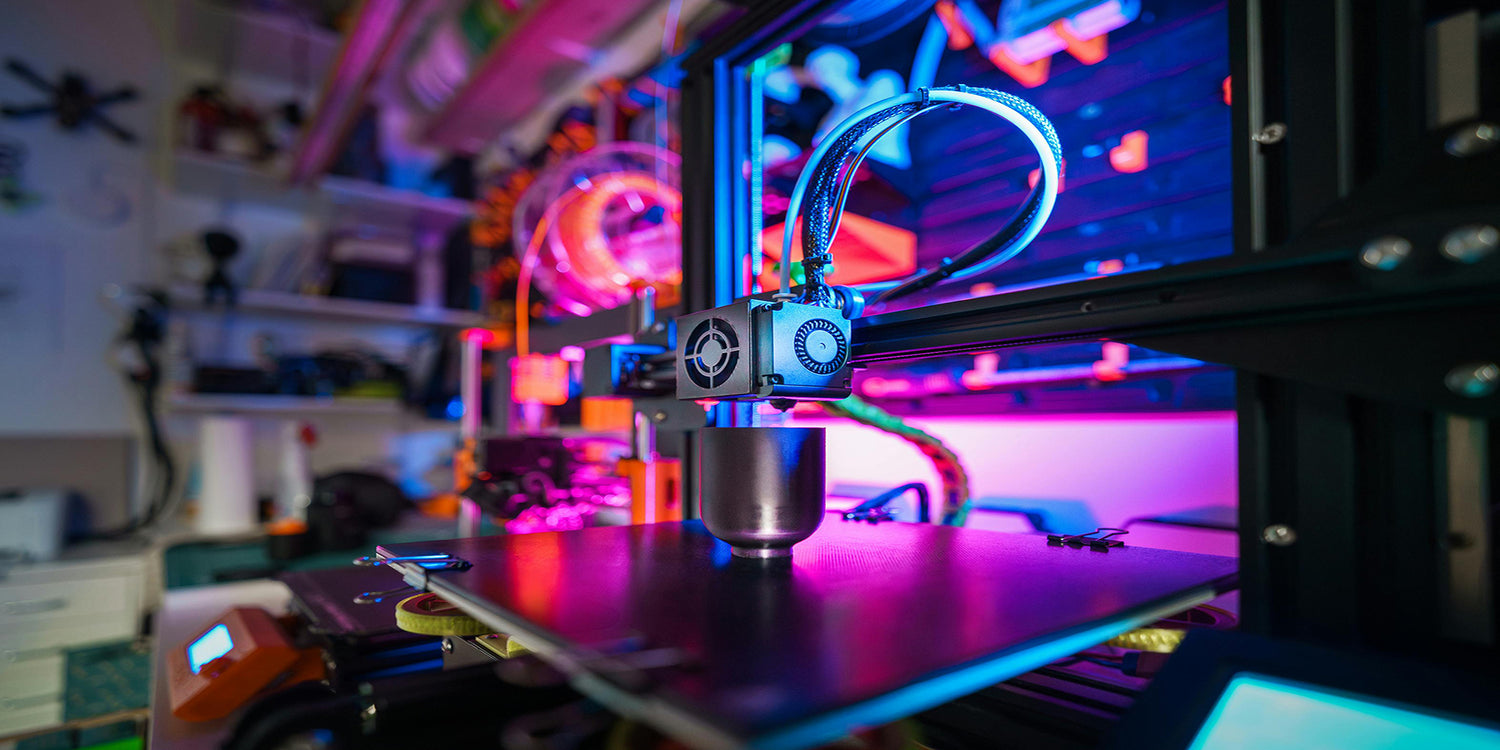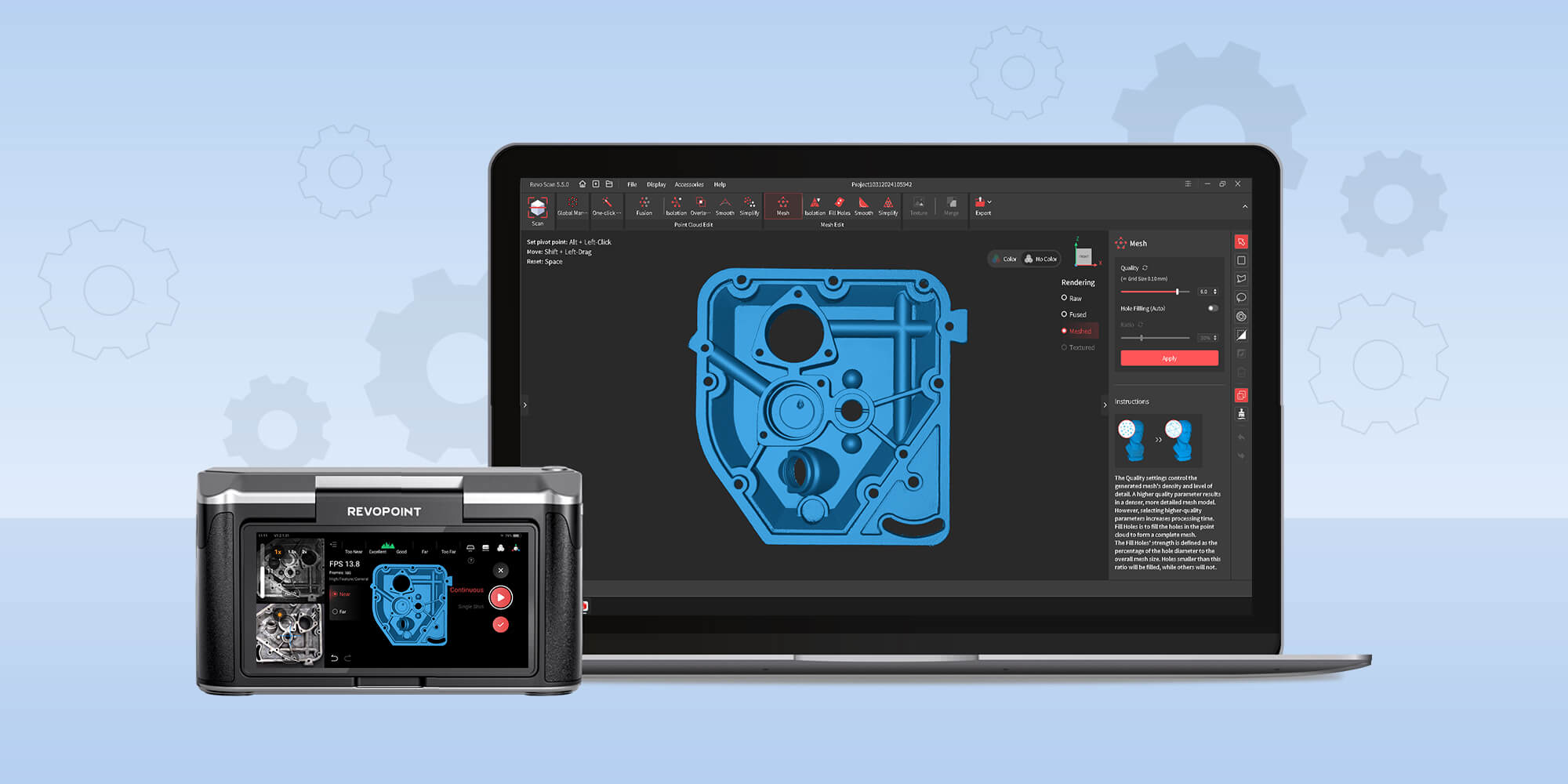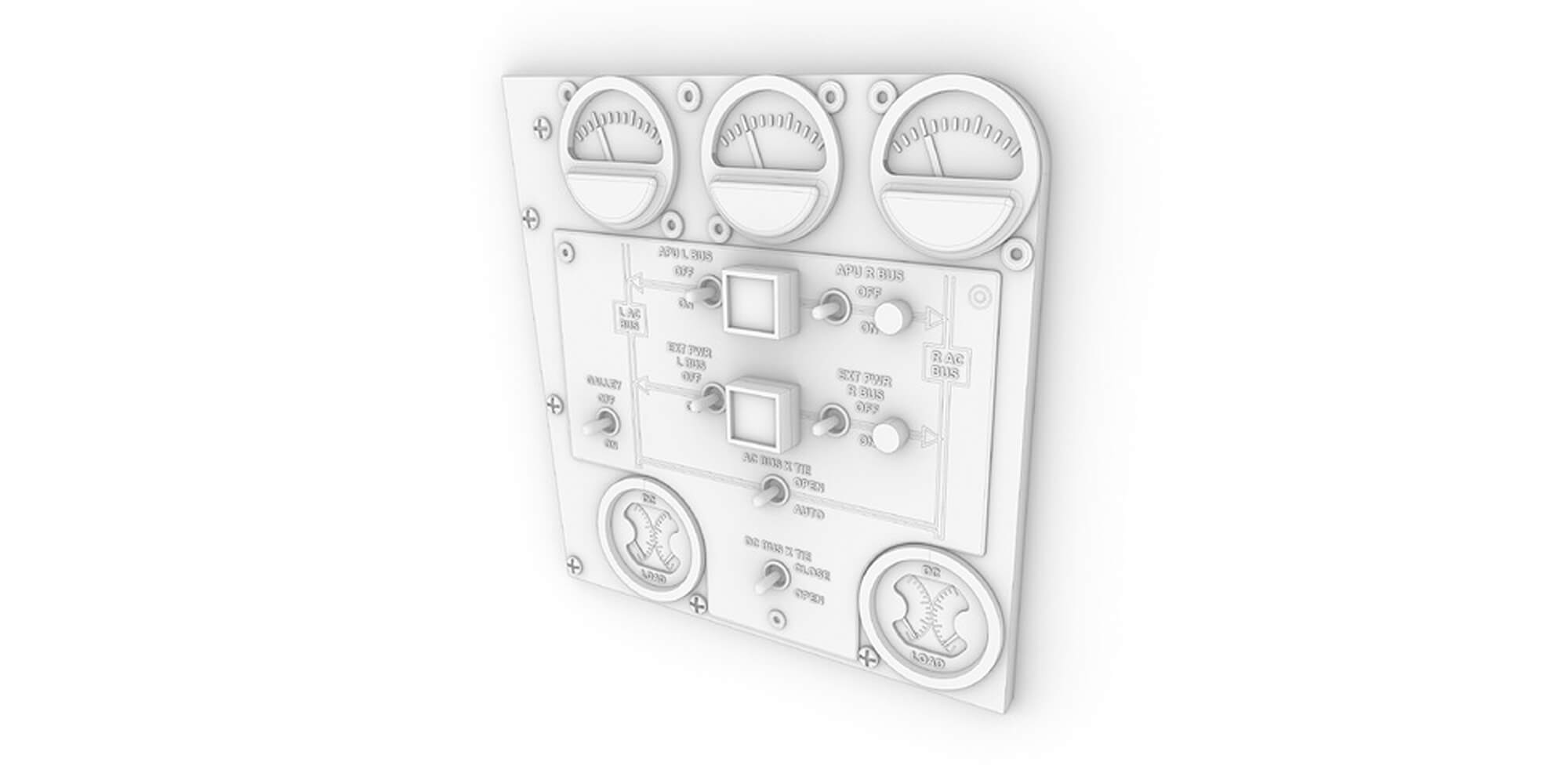The product design and development process consists of many stages - from conceptualization to design, prototyping, testing, revisions, and eventually manufacturing.
As products become more complex, each stage poses its own challenges for teams to deliver the best possible product efficiently. This is where technologies like 3D scanning and Artificial Intelligence (AI) are playing a hugely empowering role lately.
 Let's explore how advanced innovations like AI product design tools and 3D scanning help overcome prototyping challenges to enable faster product iterations and better design:
Let's explore how advanced innovations like AI product design tools and 3D scanning help overcome prototyping challenges to enable faster product iterations and better design:
Streamlining Early Stage Model Making
The prototyping journey usually begins by creating initial design models and prototypes to visualize concepts and assess feasibility before committing to full production. However, constructing physical models accurately requires tremendous manual effort and specialist model-making skills. This hinders teams from quickly iterating early stage models to validate different design hypotheses.

This is where 3D scanning offers a shortcut - real world objects can be scanned digitally and converted into 3D computer models quickly through just a 3D scanner.
The 3D model replicates fine details precisely while still being easy to tweak digitally. So now, early stage mockups and scale models can be 3D scanned to immediately have digital 3D data to use as starter assets instead of modeling products from absolute scratch.

Whether designers scan foam cutouts, clay models or existing products, it kickstarts digital modeling to trim down prototyping timelines significantly. Having an accurate base 3D model to build upon rather than starting from blank accelerates product modeling and simulations.
Generating Conceptual Design Mockups
Another key need is for product teams to be able to easily visualize and present various style and form alternatives to decide the right conceptual direction before prototyping engineering designs. However, it can be extremely tedious for designers to manually create photorealistic mockups and renderings showing different artistic explorations.
This is where AI design tools come into the picture with their generative AI capabilities. Designers can simply describe the type of product design, materials, finishes, backgrounds etc. and these AI image to 3D model platforms will automatically generate countless 3D model variations.

The artificial intelligence handles rendering realistic lighting, shadows, textures rather than tedious graphic programming.
So, within minutes designers have plenty of high quality visuals showing styling explorations like alternate shapes, textures and colorways without needing to model concepts one by one manually.
They can pick out the most promising options to proceed for prototyping without getting bogged down in artistic representations. The automation Evolutionary AI brings not just accelerates prototyping prep but expands the creative possibilities.
Optimizing Engineering Prototypes
Once the form factor gets locked in through concept models, the prototyping moves to engineering - creating working prototypes with real components and functions for testing. This is an intricate process with exacting specifications regarding dimensions, assemblies and performance. Just minor measurement errors can cause issues cascading across connected components later.
3D scanning provides a precise way for engineers to capture exact real world dimensions of existing parts and products rather than rely on outdated 2D drawings or error-prone measuring tools.
Scan data made available across teams in the computer modeling software ensures all components are modeled accurately. Easy 3D verification of virtual and physical prototypes also means fewer development cycles from continually test-fix-retest engineering models.
Combined usage of 3D scanned data, simulation analysis and evolutionary AI to automatically optimize and test variations of designs will be the holy grail allowing companies to innovate products faster without compromising on quality and rigour.
Enabling Mass Customization
As products become more personalized, manufacturers require flexibility to offer customized variations rather than just standard products. Be it customized prosthetics, tailored wearables or bespoke industrial parts, companies are adapting 3D technologies for "batch size one" manufacturing.

Portable 3D scanners make it easy to capture the unique body measurements and shapes needed to design made-to-order products tailored for individual customers. The scan data gets converted to CAD models which design teams can then customize for specific user needs regarding fit, comfort or performance in case of medical products for example.
The customized 3D printable or machine-ready file is generated without extensive back and forth. Integrating these workflows allows creating best fitting, highest performing individualized products at mass production economics.
Lightweighting and Sustainable Design
Environmental considerations are equally driving the adoption of 3D technologies for "right-weighting" products. Aerospace and automotive sectors especially require light-weighting durable parts and components while minimizing material usage.
Highly accurate 3D scan data combined with AI generative design allows engineering teams to simulate weight and strength reductions for optimizing the form and thickness distribution across product geometry.
This enables the creation of durable lightweight structures and lattice shapes tailored to precise functional loads and constraints. Components fabricated through 3D printing using optimized scan and simulation data can match the durability of traditional manufacturing while lowering carbon footprint.
Preserving Legacy Data
Many manufacturers work with legacy products lacking updated native CAD data - often depending on decades old prototypes for reference. Recreating designs from scratch every time legacy molds/tools need maintenance or upgrades causes delays and reengineering efforts.

3D scanning older parts maintains a digital record of original product geometry while still being editable for required tweaks without starting from blank. As heritage products evolve over decades, re-scanning and updating model history provides continuity for traceability and integrity.
Over time entire legacy product portfolios can be revived into 'digital twins' for easy on-demand access across the organization. Preserving institutional knowledge also aids knowledge transfer to future teams who may have never seen end-of-life products.
Closing the Loop from Scan to Manufacture
3D scanning not only accelerates design and prototyping but closes the loop for streamlined manufacturing setup. Scan-based modeling feeds directly into production - whether it is reverse engineering plastic injection molds of existing parts or 3D printing low volume batches or generating machine-ready files to recreate products through robotic production techniques.

With workflow integrations in place, product teams can conduct all processes from scanning concepts to mold simulations to machining products from the convenience of their operating systems interface without needing extensive programming skills. Automating the linking of these phases helps compress development timelines by nearly 40-50%, as per some manufacturer estimates.
Future Outlook
3D scanning digitizes objects in the real world for use in computer-aided digital workflows while additive manufacturing materializes digital data into physical products. As technologies like AI generative design, IOT sensors, augmented reality and simulations advance, digital modeling and physical creation will eventually blend into mirrored cycles for unprecedented R&D velocity.
Complex one-of-kind products and assemblies can already be designed, iterated and produced faster than ever from homes and factories. By providing data continuity between phases, 3D scanning, and related innovations have the potential to accelerate R&D speed, manufacturing economics, and sustainability initiatives over the next decade.



Leave a comment
This site is protected by hCaptcha and the hCaptcha Privacy Policy and Terms of Service apply.